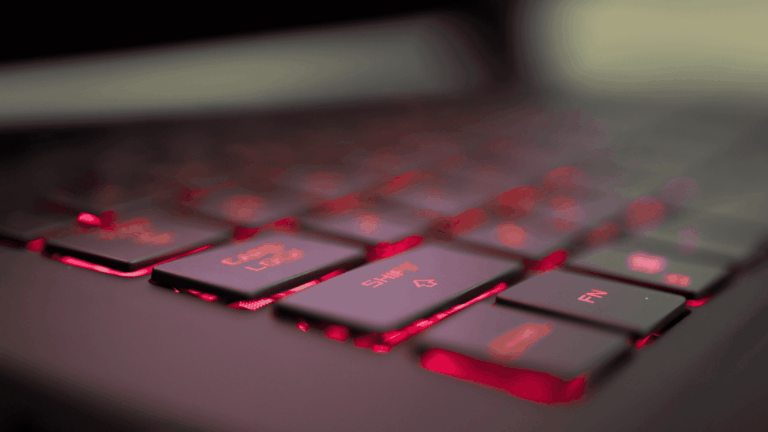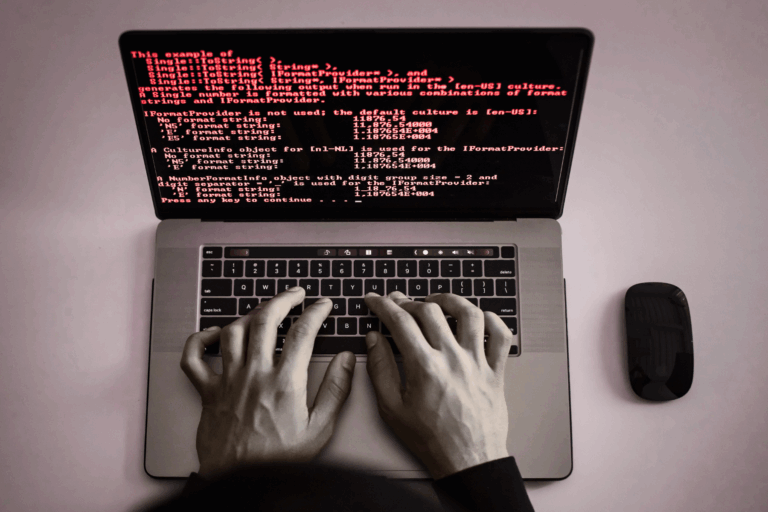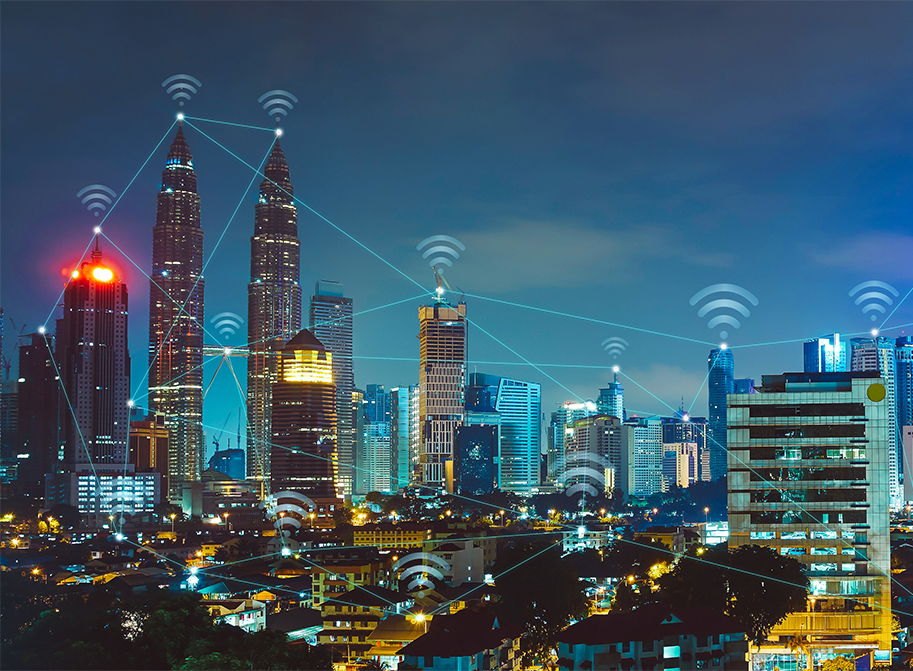With the rapid advancements in artificial intelligence, protecting your network from AI attacks has become a top priority for businesses and individuals alike. The sheer complexity and cunning of AI-driven cyberattacks have created an urgent need for robust and proactive cybersecurity measures. Today we’ll take a closer look at how to safeguard your network from AI attacks with a comprehensive, multi-layered security approach.
Table of Contents
The Growing Threat of AI Attacks
AI attacks pose a significant risk to network security. These threats leverage machine learning algorithms and vast amounts of data to adapt and evolve, making them notoriously difficult to detect and counter. As AI technologies continue to improve, the risks associated with AI-driven cyberattacks will only increase, underscoring the importance of robust network security measures.
Basic Network Security Measures
When it comes to protecting your network from AI attacks, basic security measures are essential. Here are a few foundational steps to ensure your network remains secure:
- Update Your Software Regularly. Regular software updates help patch vulnerabilities and improve overall security. Stay on top of updates for all software, including operating systems, applications, and firmware.
- Use Strong and Unique Passwords. Strong, unique passwords help prevent unauthorized access to your network. Encourage users to create complex passwords and update them frequently to mitigate the risk of password-related breaches.
- Implement Two-Factor Authentication. Two-factor authentication (2FA) adds an extra layer of security by requiring users to verify their identity with a second factor, such as a one-time code sent to their phone. Implement 2FA across all accounts to reduce the likelihood of unauthorized access.
Advanced Network Security Techniques
To protect your network from sophisticated AI attacks, consider implementing advanced security techniques, such as:
- AI-Powered Security Solutions. Fight fire with fire! Deploy AI-driven security solutions to detect and counter AI attacks. These solutions can help identify malicious activity by analyzing data patterns and detecting anomalies that indicate potential threats.
- Intrusion Detection Systems. Intrusion detection systems (IDS) monitor network traffic and identify suspicious activity. By using IDS, you can detect and thwart potential AI attacks before they infiltrate your network.
- Traffic Analysis and Anomaly Detection. Regularly analyze network traffic to identify unusual patterns or spikes that may indicate an AI attack. This can help you pinpoint potential threats and take action to mitigate the risk.
Employee Training and Awareness
One of the most significant vulnerabilities in any organization is its human element. Ensure that all employees are trained in cybersecurity best practices and are aware of the potential risks associated with AI attacks.
Regular Network Audits and Vulnerability Assessments
Periodically conduct network audits and vulnerability assessments to identify potential weaknesses and vulnerabilities in your infrastructure. By proactively addressing these issues, you can better protect your network from AI attacks.
Incident Response Plan
An incident response plan is essential for minimizing the impact of an AI attack. Establish a clear, step-by-step plan that outlines the roles and responsibilities of team members, communication protocols, and the necessary tools and resources required to respond to a security breach effectively.
Backups and Disaster Recovery
Having a robust backup and disaster recovery plan in place can help minimize the damage caused by an AI attack. Regularly backup essential data and store it in a secure, off-site location. Test your recovery procedures periodically to ensure they are up-to-date and effective.
Partnering with Security Experts
Consider partnering with cybersecurity experts to augment your in-house resources and expertise. By working with specialists, you can better protect your network from AI attacks and stay abreast of the latest trends and threats.
Staying Updated on the Latest Threats and Solutions
Cybersecurity is a constantly evolving field, and staying informed is critical. Keep up-to-date with the latest news, trends, and solutions in AI-driven cyberattacks to ensure your network remains secure.
Establishing a Security-First Culture
A security-first culture can significantly reduce the risk of AI attacks. Encourage employees to prioritize security, promote a culture of transparency, and foster a sense of collective responsibility for protecting your network.
Legal and Regulatory Compliance
Compliance with relevant laws and regulations is crucial to protect your network from AI attacks. Ensure that your organization adheres to all applicable standards and guidelines, as non-compliance can leave your network vulnerable to attack.
Securing IoT and Remote Work Environments
The rise of the Internet of Things (IoT) and remote work environments has created new security challenges. Develop policies and protocols to protect connected devices and secure remote access to your network.
Monitoring and Adjusting Your Security Strategy
Regularly review and adjust your network security strategy to address emerging threats and evolving technologies. Continuously fine-tune your approach to ensure optimal protection against AI attacks.
FAQs
- Can AI-powered security solutions completely protect my network from AI attacks? A: While AI-powered security solutions can greatly enhance your network’s security, no single solution can provide complete protection. A multi-layered approach, including regular updates, strong passwords, employee training, and incident response plans, is necessary for optimal security.
- How often should I conduct network audits and vulnerability assessments? A: The frequency of network audits and vulnerability assessments depends on your organization’s size, complexity, and specific risks. As a general rule, conducting assessments at least once a year is recommended. However, more frequent assessments may be necessary for organizations with a higher risk profile.
- Can a small business effectively protect itself from AI attacks? A: Yes, small businesses can protect themselves from AI attacks by implementing a comprehensive security strategy and staying informed about the latest threats and solutions. Partnering with cybersecurity experts can also help small businesses access specialized knowledge and resources.
- How can I create a security-first culture within my organization? A: A security-first culture can be fostered through leadership support, employee training, clear communication, and promoting a sense of collective responsibility for network security. Encourage employees to prioritize security and make it an integral part of your organization’s values and operations.
- Are IoT devices particularly vulnerable to AI attacks? A: IoT devices can indeed be more susceptible to AI attacks due to their often limited security features and the potential for a large number of interconnected devices. To protect IoT devices, ensure they are updated regularly, use strong authentication methods, and implement robust security policies to govern their use.
Protecting your network from AI attacks requires a comprehensive, multi-layered approach that includes basic security measures, advanced techniques, employee training, regular audits, and a security-first culture. By staying vigilant and adapting your strategy to address the latest threats, you can minimize the risk of AI-driven cyberattacks and safeguard your network from potential harm.
Struggling with protecting your business from AI based attacks or looking for help in deploying the latest security best practices? As always, we’re here to help.





 Published: June 1, 2023
Published: June 1, 2023